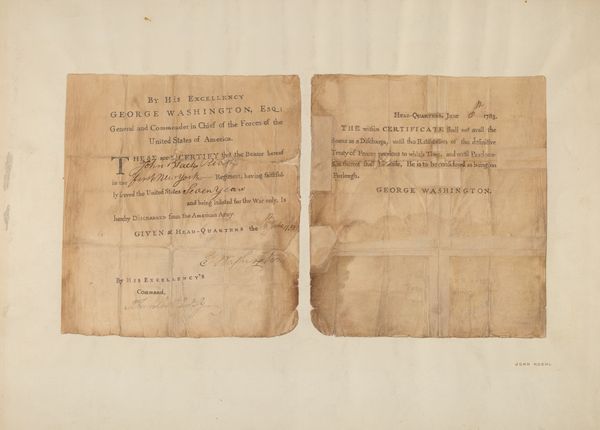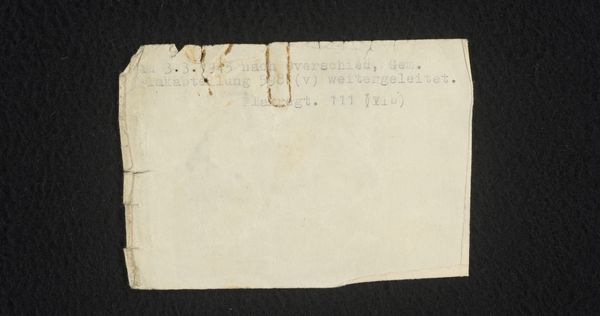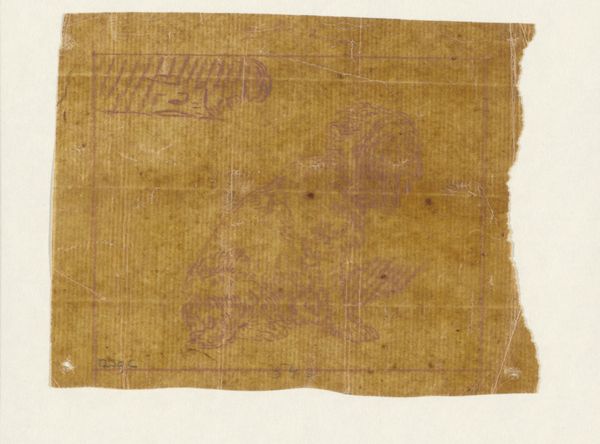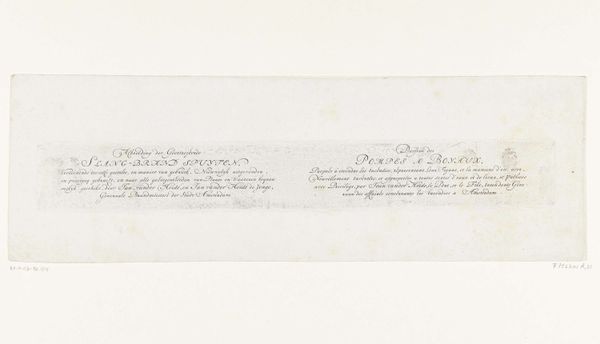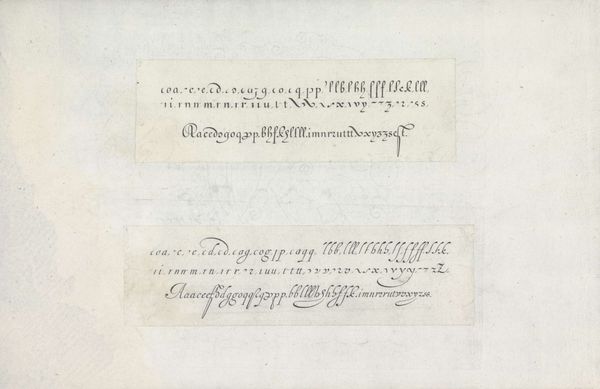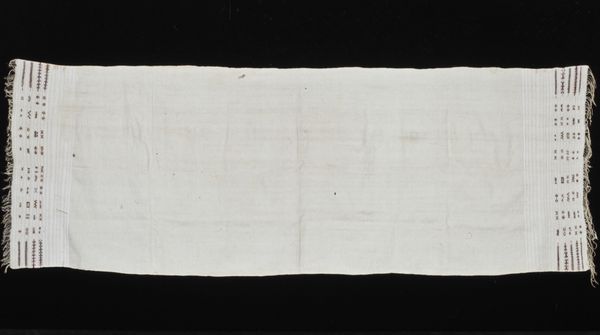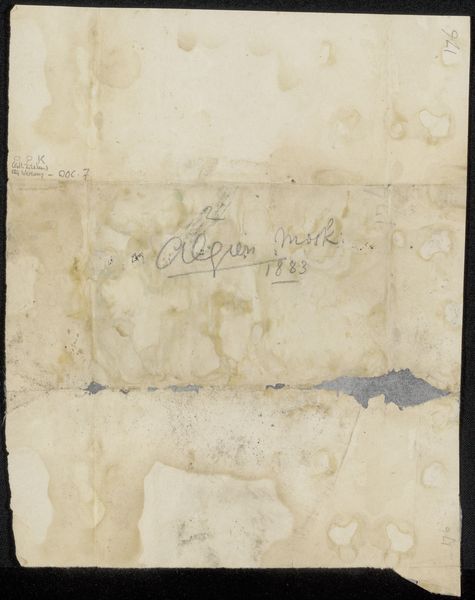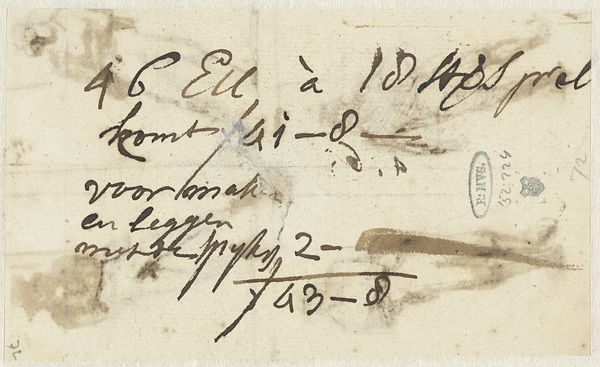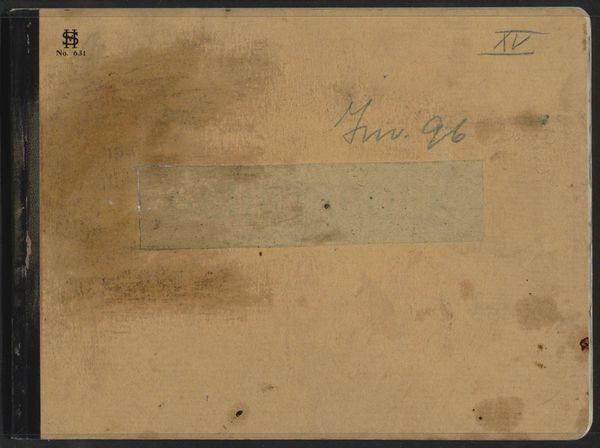
drawing, textile
#
drawing
#
textile
#
geometric
#
miniature
Dimensions: overall: 28.7 x 47.4 cm (11 5/16 x 18 11/16 in.) Original IAD Object: 5" high; 13 1/2" long
Copyright: National Gallery of Art: CC0 1.0
Editor: Here we have Paul Smith's "Embroidery Sampler," from around 1937, using drawing and textile. It feels very fragile and intimate, almost like a coded message from another time. What strikes you most about this sampler? Curator: I’m immediately drawn to the date it's emulating: 1788. Paul Smith, working in 1937, is intentionally referencing a historical needlework tradition deeply intertwined with the education and societal expectations of women. What does it mean for a male artist to engage with a craft so strongly gendered? Editor: That’s fascinating! I hadn’t considered the gender implications. So, is it a critique, or an homage? Curator: Perhaps both? The act of replication, the careful stitching of alphabets and numbers, mimics the patience and precision demanded of young women learning needlework, while simultaneously subverting expectations by placing it within a broader artistic context, signed by a male artist. What does this act say about gender roles at the time and today? Editor: It raises a lot of questions about labor, domesticity, and the value we assign to different forms of art based on who creates them. It makes me reconsider the power dynamics embedded even within seemingly simple crafts. Curator: Exactly. The sampler, through Smith’s intervention, transforms from a simple display of skill into a poignant commentary on history, gender, and artistic agency. It forces us to re-evaluate the narratives woven into these traditional forms. Editor: I definitely see it in a new light now – more than just a quaint historical object. Curator: It is precisely through these kinds of conversations, placing art within the landscape of social contexts, that it really opens up its complex meaning.
Comments
No comments
Be the first to comment and join the conversation on the ultimate creative platform.
